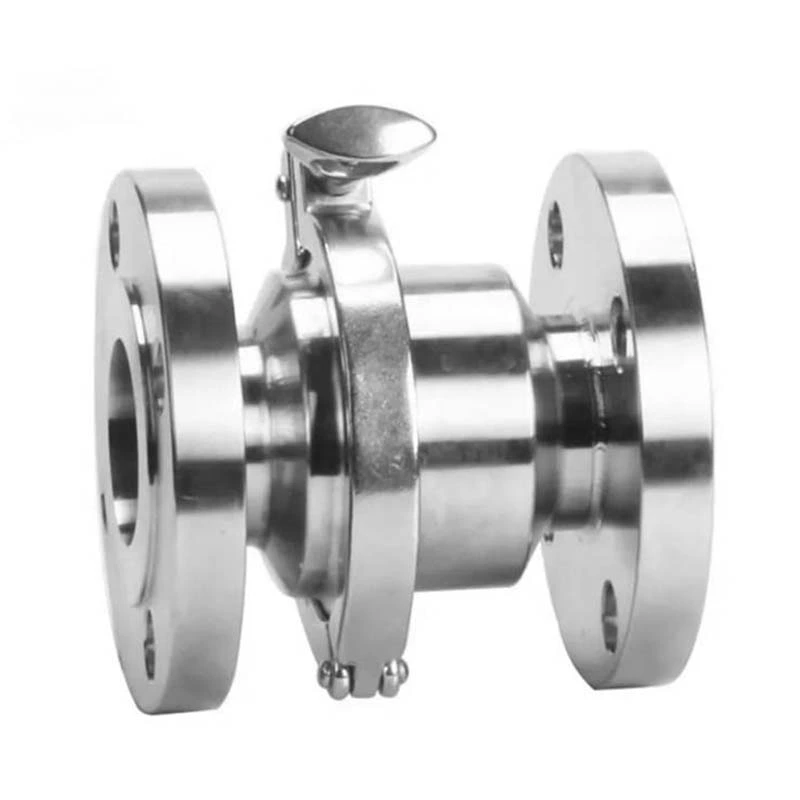Sanitary Check Valves Keep Fluid Passages Clean
Sanitary Check Valve The main methods of keeping the fluid channel clean include regular cleaning and proper maintenance.
Regular cleaning
Surface cleaning: Regularly remove dust and dirt from the valve surface. Use a soft cloth to wipe it. Avoid using irritating chemicals or wet cloth to avoid damaging the valve.
Internal cleaning: For valves that need to be disassembled and cleaned, they should be disassembled in strict accordance with the operating procedures, and each component should be cleaned, especially key parts such as valve seats, valve discs and sealing rings. After cleaning, they should be reassembled and the sealing performance should be checked to ensure that the valve can work properly.
Proper maintenance
Check and replace worn parts: Regularly check the wear of valve discs, valve seats, springs and other parts. If severe wear or damage is found, they should be replaced in time to avoid fluid contamination or leakage caused by component wear.
Lubrication: Apply an appropriate amount of lubricant to the parts that need lubrication to reduce friction and wear, and also help keep the fluid channel clean and smooth.
Other considerations
Storage and transportation: During storage and transportation, the check valve should be kept in a closed state, and appropriate dust and rust prevention measures should be taken to prevent the valve from being squeezed or collided, so as to avoid damage to the valve body or internal components, thereby affecting the cleanliness of the fluid channel.
Establish a maintenance file: Establish a maintenance file for the check valve, recording the time, content, and parts replaced for each maintenance. This helps to track the maintenance history of the valve, predict future maintenance needs, and ensure that the cleanliness of the fluid channel is continuously guaranteed.
Through the above methods, the cleanliness of the sanitary check valve fluid channel can be effectively maintained, ensuring its reliable operation in industries with high hygiene standards such as medicine and food.
